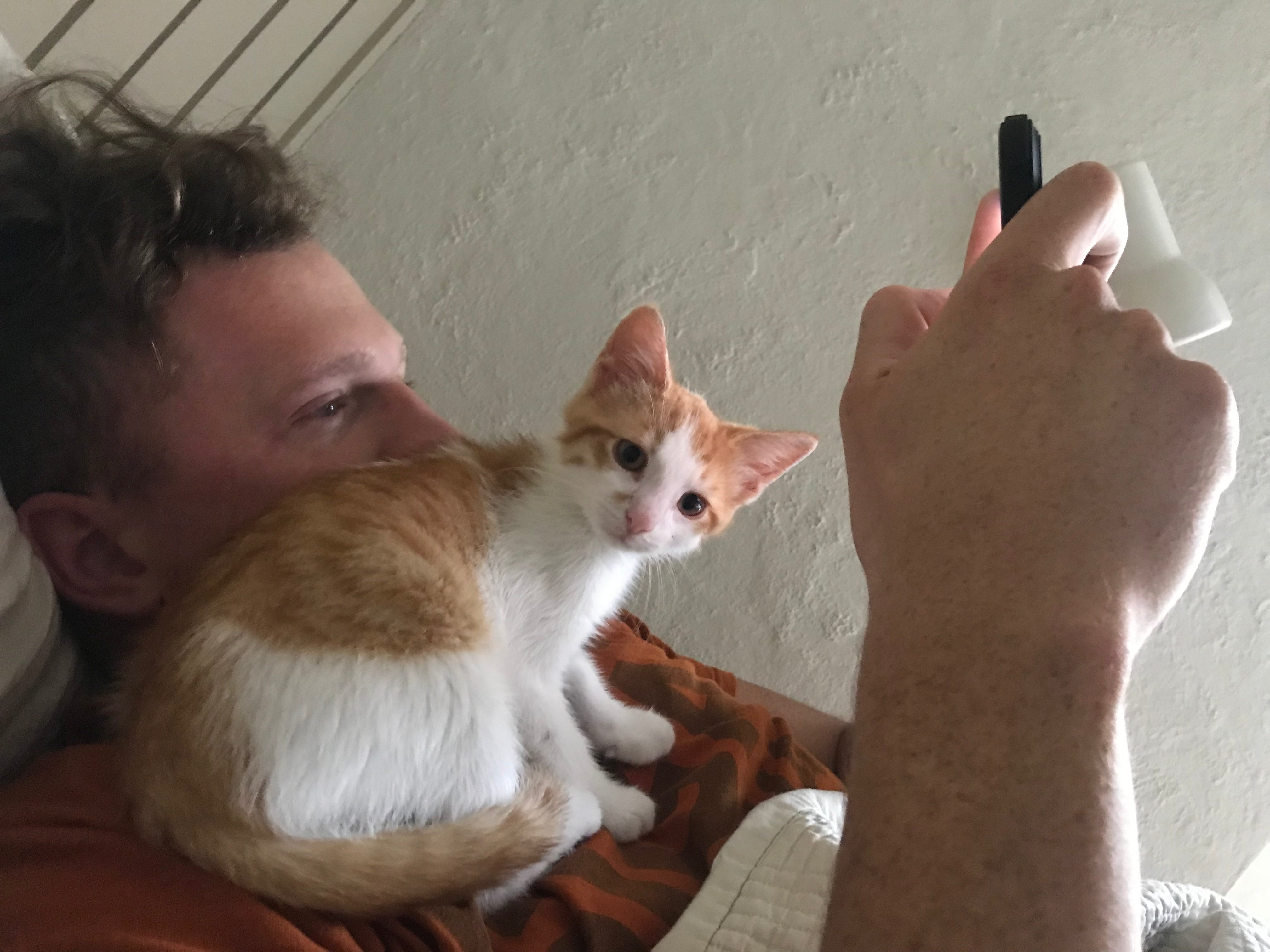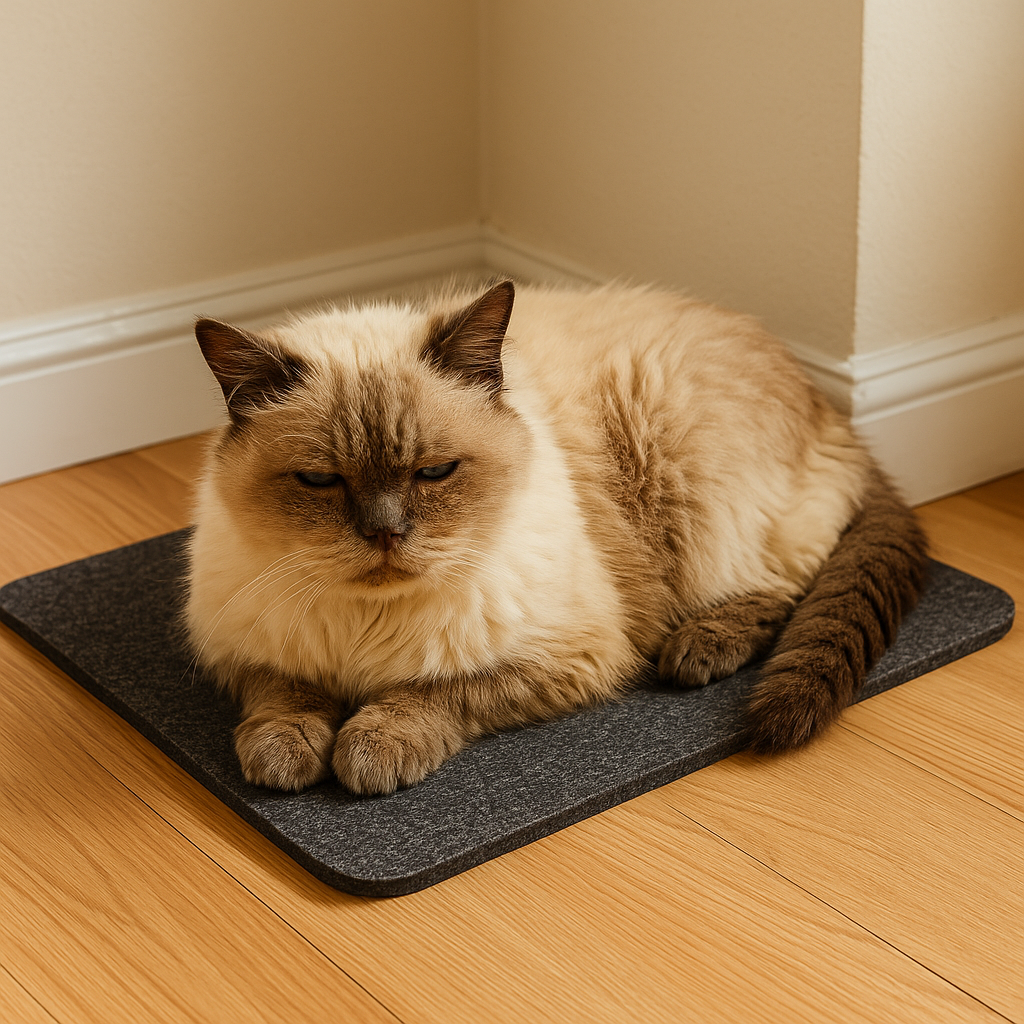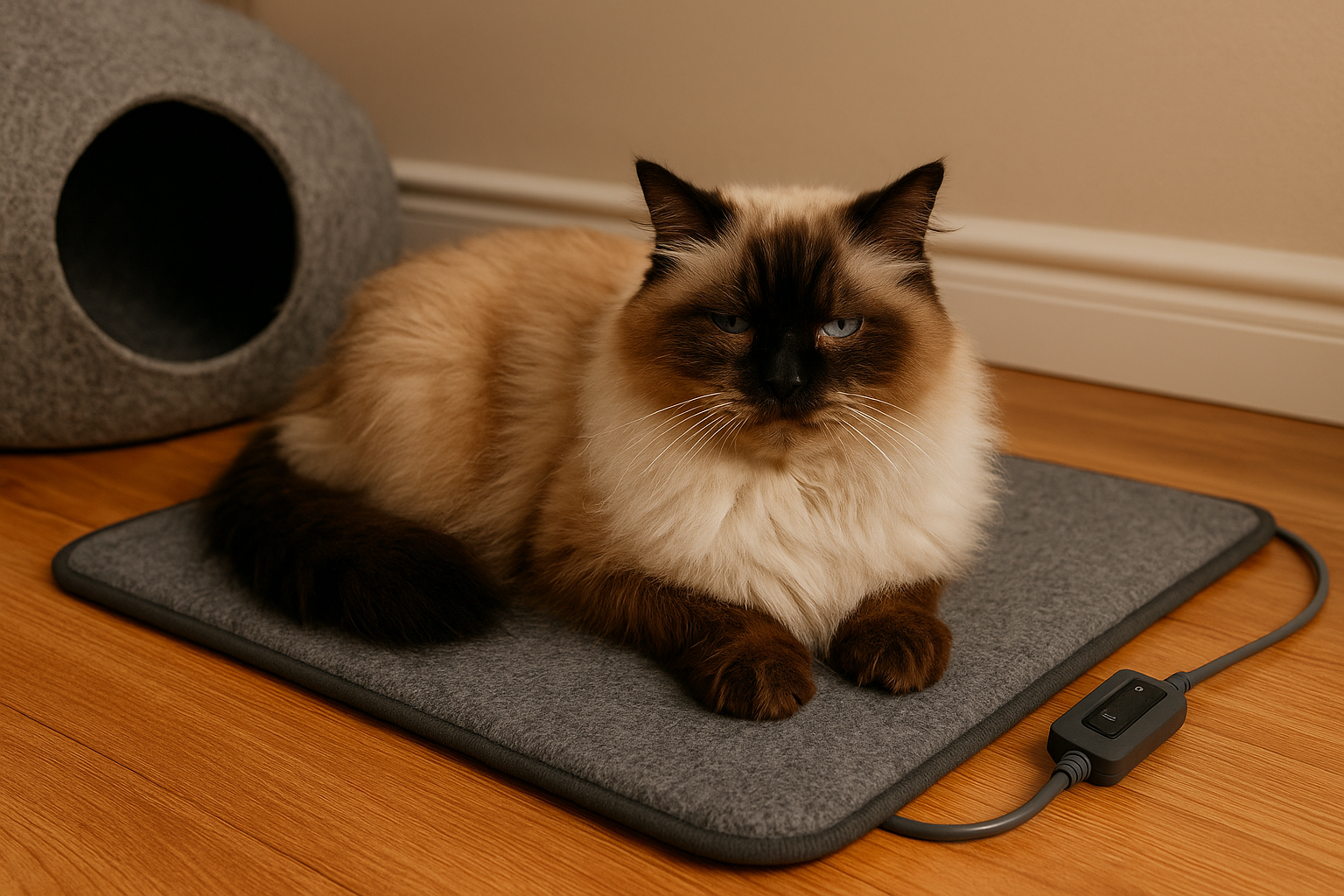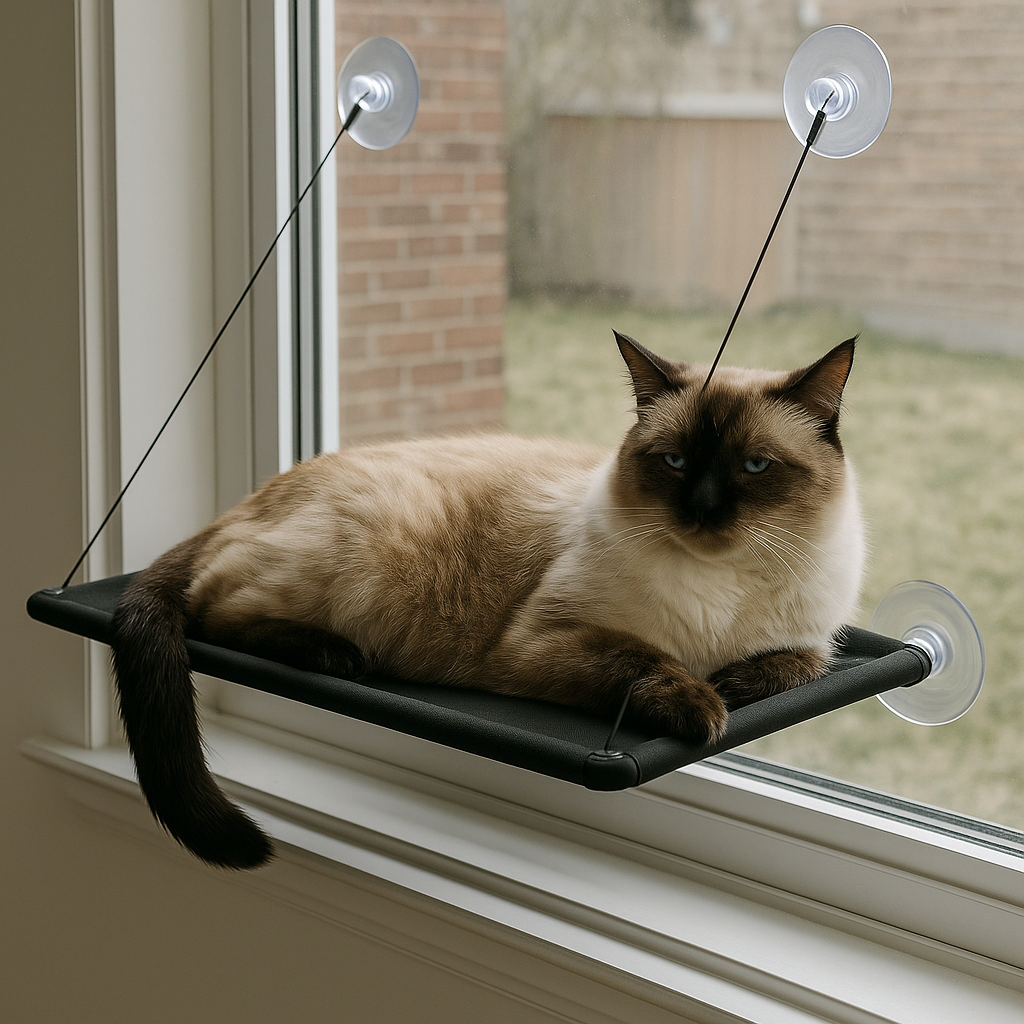Why Is My Cat Drinking and Peeing More? Vet Guide 2025 🐾
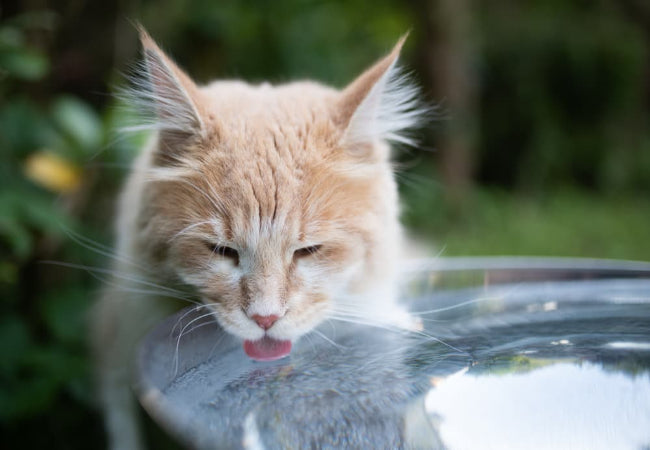
In this article
Why Is My Cat Drinking and Peeing More? Vet Guide 2025 🐾
By Dr. Duncan Houston BVSc
As feline companions, our cats bring us endless joy with their quirky antics and unique personalities. But being a responsible cat parent means more than cuddles and playtime — it also means keeping a close eye on their health. One common concern that shouldn’t be ignored is when your cat starts drinking more water and urinating more frequently. While it might seem harmless, these changes can signal underlying health problems.
This guide breaks down the possible reasons behind increased thirst (polydipsia) and urination (polyuria), what urine color can reveal, and when it’s time to call the vet.
Increased Drinking & Urination in Cats: An Overview
Mild variations in your cat’s water intake and litter box use are normal. However, consistent or dramatic changes are red flags. Increased thirst and urination often go hand in hand and can point to:
-
Diabetes mellitus
-
Chronic kidney disease (CKD)
-
Urinary tract infections (UTIs)
-
Hyperthyroidism
-
Other systemic conditions
💡 Tip: Pay attention to the color and smell of your cat’s urine — it can provide vital clues for your vet.
1. Diabetes in Cats: Clear Urine & Excessive Thirst
Cats with diabetes cannot regulate blood sugar properly, causing excessive thirst and urination. Their urine often appears pale or clear. Left untreated, diabetes can lead to serious complications, so early vet care is essential.
2. Kidney Disease: The Silent Threat
Chronic kidney disease (CKD) is common in older cats. As kidney function declines, cats drink and pee more. Darker urine or strong odors can suggest progression. Routine bloodwork and urinalysis are key to early detection.
3. Urinary Tract Infections (UTIs): Painful & Urgent
UTIs may not always cause increased drinking, but they often present with:
-
Straining in the litter box
-
Blood in urine
-
Cloudy or foul-smelling urine
-
Litter box avoidance
A UTI requires prompt veterinary treatment to avoid worsening infection.
4. Hyperthyroidism: An Overactive Thyroid
Older cats commonly develop hyperthyroidism, which speeds up their metabolism. Signs include:
-
Increased thirst and urination
-
Weight loss despite good appetite
-
Darker, concentrated urine
Timely diagnosis and treatment are vital for management.
Other Causes to Consider
Aside from the “big four,” other triggers include:
-
Medications (like diuretics or steroids)
-
Stress or anxiety
-
Dietary changes (especially high-sodium diets)
-
Liver disease
-
Cushing’s disease
-
High calcium levels (hypercalcemia)
When to See the Vet 🩺
You should contact your veterinarian if you notice:
-
Persistent changes in water intake or urination
-
Pale, bloody, or foul-smelling urine
-
Straining, frequent trips to the litter box, or accidents
Your vet will likely run bloodwork and urinalysis to pinpoint the cause and guide treatment.
Final Thoughts
If your cat is drinking and peeing more than usual, don’t brush it off. These symptoms often signal diabetes, kidney disease, thyroid issues, or UTIs, but other systemic conditions can also be at play. Monitoring urine color and behavior, combined with prompt veterinary care, can make all the difference in early detection and long-term health.




